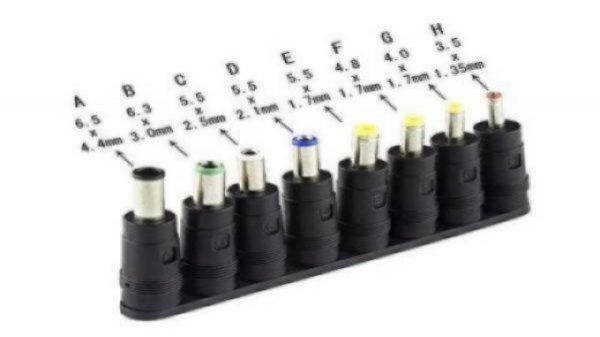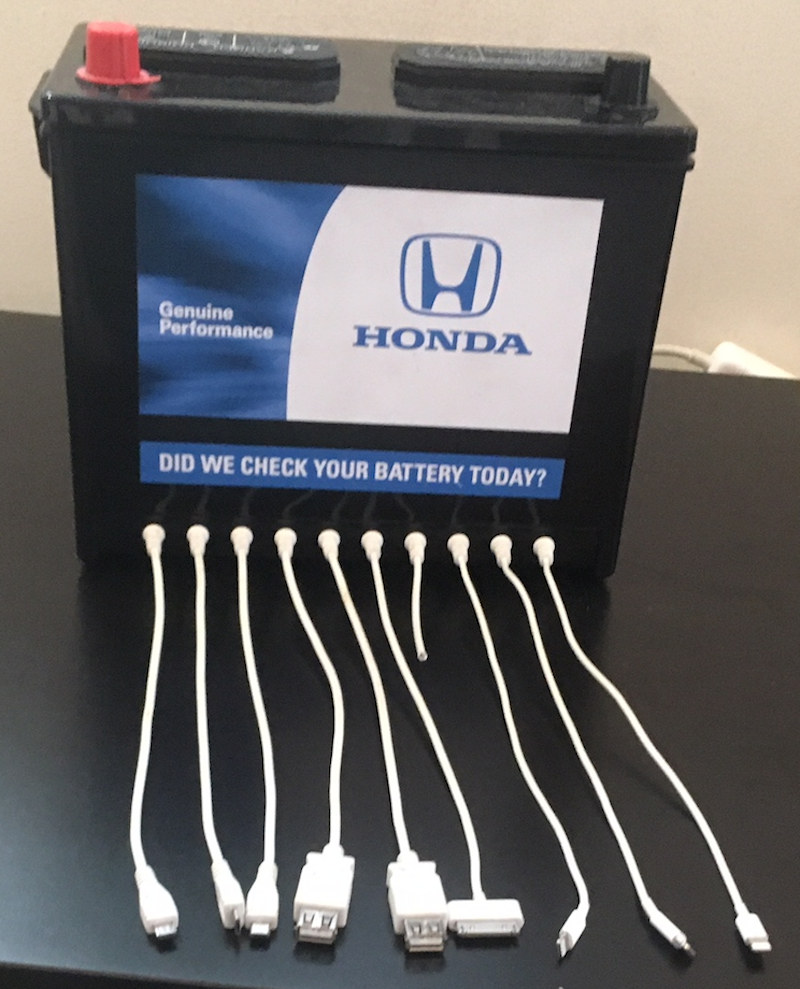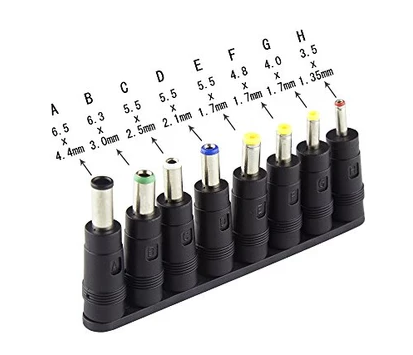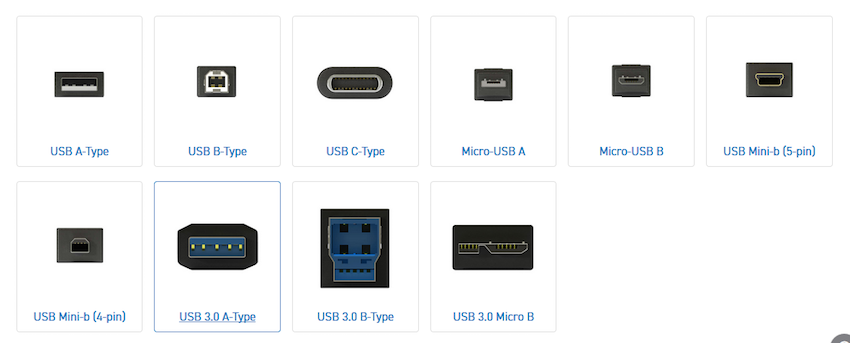Blog: Universal Connectors Not Happening
Article By : Bill Schweber

USB was supposed to take us away from the frustration of so many incompatible barrel-DC connectors, but technical and market reality has prevented that laudable goal from becoming reality.
I was at the local car dealer for some routine work and took advantage of the semiprivate cubicles they have for customers who prefer to wait while their cars are fixed. (Those who don’t have work to do or are just looking to kill time can choose to sit in cushy theater seats and watch the 54” TV showing anything from recent movies to the Jerry Springer show — but I have no idea who controls the channel tuner.)

As I settled into the cubicle — believe me, it’s nicer and more private than many company offices I've seen that espouse that trendy “open seating or “hot desk” setup — I noticed the unit of Figure 1 in the corner. This box with a multiplicity of connectors certainly is handy and a nice convenience for waiting customers who need an AC/DC charger. Apparently, it’s a marketing gimmick from Honda and the dealer — and it works. As it was plugged into the AC outlet, I tested a few of my devices with different connectors. Coincidentally, I had a set of screwdrivers with me, but decided it would be wiser not to try to open it.

Looking at the unit made me think of the “bad old days” of barrel DC connectors, which are still with us to a large extent. These connectors, mainly for low-voltage DC but sometimes AC, come in a bewildering and frustrating array of sizes with different inner diameters (ID) and outer diameters (OD), Figure 2 and Table. To add to the frustration, some have the same OD but slightly different IDs — so you could be “this close” to a successful match but not quite there.
It’s very difficult to measure a barrel connector ID. I’ve seen the suggestion to gently insert a round, tapered toothpick, mark how far it goes in, then measure the diameter at the mark with a caliper. Other ideas are to use a drill bit set to try to gauge the ID. The problem is that you are looking for measurement accuracy to a fraction of a millimeter among close sizes, and that’s not easy to achieve (see Types C, D, and E in Figure 2 and Table). At You-Do-It Electronics, a local electronic components store, one of the handiest items is a very low-tech panel holding one male and one female connector of nearly every size. Using it, you can actually test-fit your connector, identify it, and then buy whichever one matches your need.

Many of these mismatch problems were supposed to wither away with the introduction of the USB connector as a universal DC connector. That was a good idea, but you can’t stop progress and the need for ever-smaller, thinner connectors as well as higher-current connectors. So, USB now has its own wide family of incompatible connectors — just like the barrel family, Figure 3 and Reference.
It seems to me that the idea of a universal connector is based on wishful thinking. User and product needs change and advance, there are unexpected developments in technology, and stuff happens. Look at it this way: if you have a connector-interface problem, someone else has likely already had it and there’s (hopefully) a commercial adapter available.
Perhaps the best thing to do is be prepared with a stock of adapter connectors and cables, and also know a website or retail store that carries a comprehensive selection. With today’s connectors and wires, it’s not like “back in the day” when connectors and their wires (including barrel types) were large enough that you could even take two cables with suitable connectors and hand-splice and solder them together — that’s generally not a practical option now.
What has been your most frustrating cable/connector mismatch problem? Did you have to improvise a solution on the spot, or go out and try to find (or order) the right adapter?
Reference